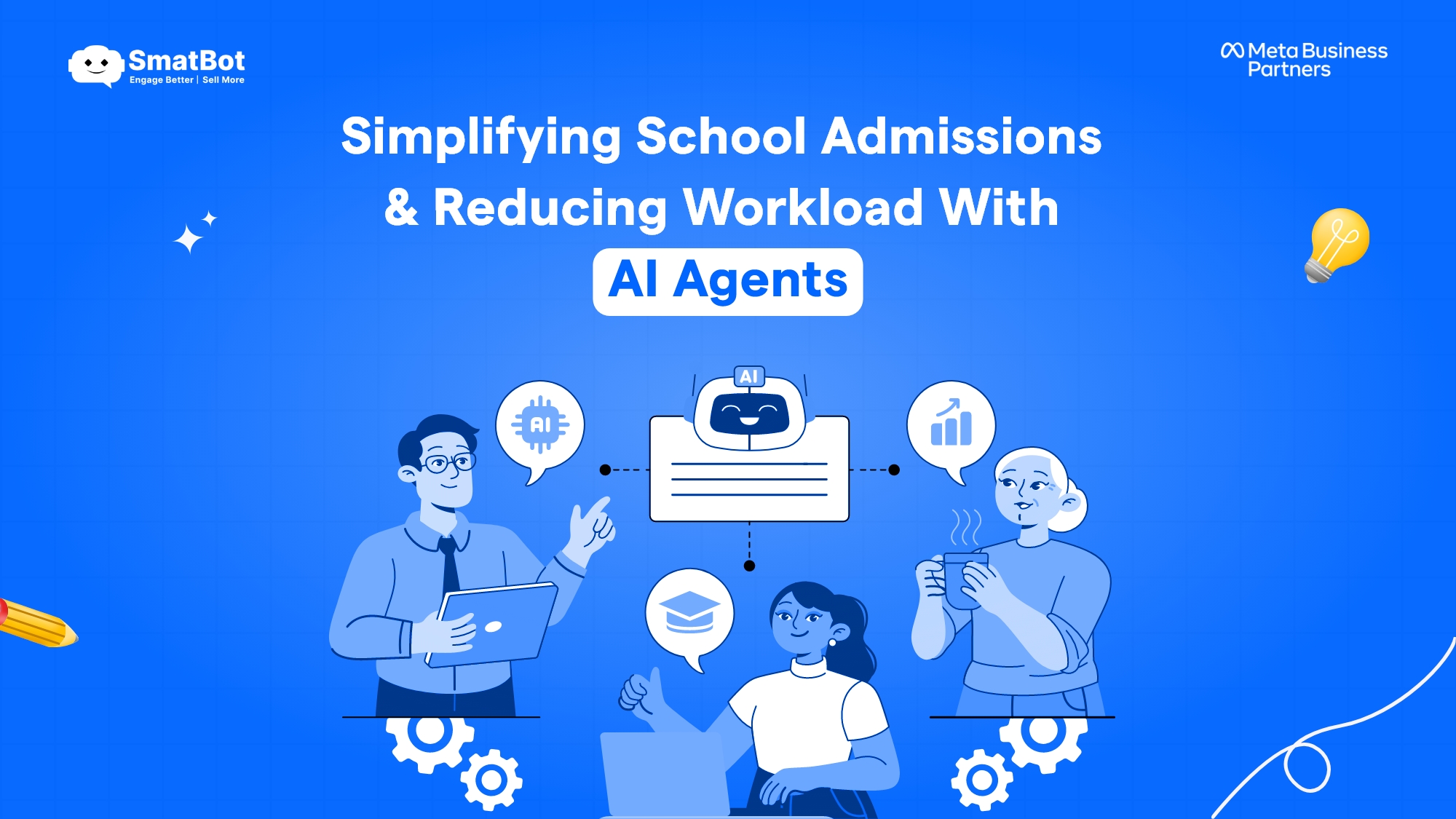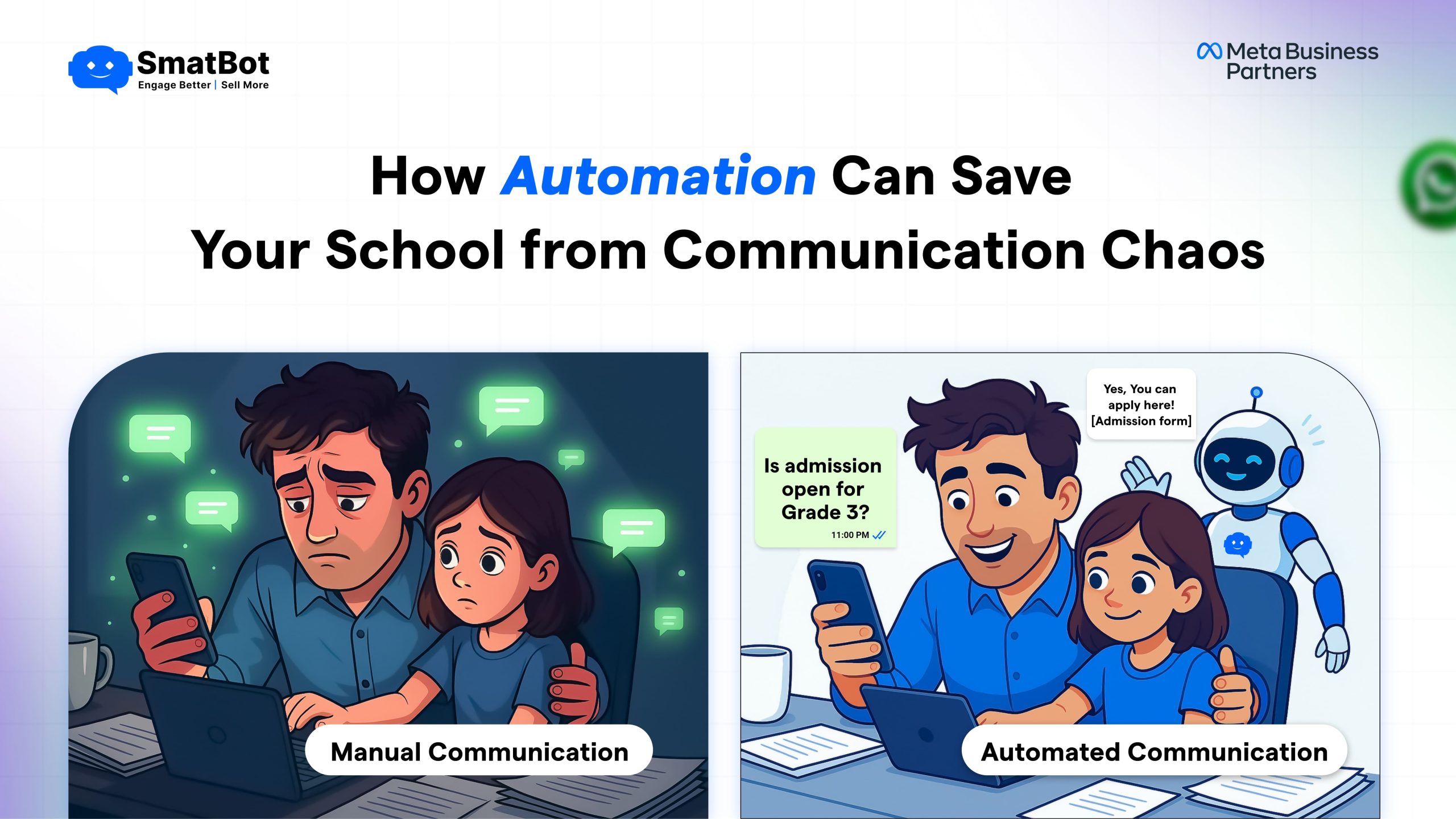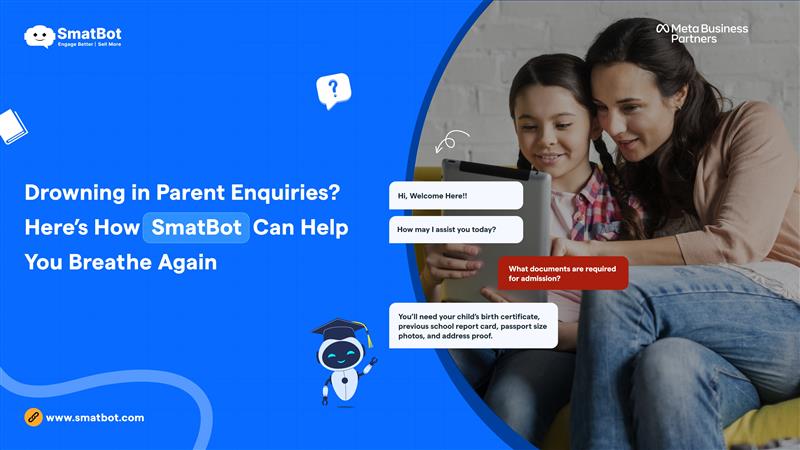What Is RPA And Why Every Business Requires Automation?
Robotic Process Automation (RPA) is a modified and advanced version of automation that allows organizations to automate tasks across applications and systems.
It interacts with the existing IT architecture without requiring any additional integrations. RPA aims to replace the repetitive business tasks that humans perform with virtual automation.
According to the Deloitte Global RPA Survey, 53% of respondents have already started their RPA journey. It’s expected to increase to 72% in the next two years. If this continues at its current level, RPA will have achieved near-universal adoption within the next five years.
RPA technology consists of multiple bots that mimic humans’ working ways – from logging in, inputting data, copy-pasting fields, and completing other required tasks to logging out.
This technology leverages artificial intelligence & machine learning. To automate these tasks quickly and efficiently without any internal or external changes to infrastructure and the systems.
RPA is currently divided into three broad categories of technology:
- Probots are the basic bots that follow simple rules to process information.
- Knowbots are the kind of bots that will search the internet to gather information.
- Chatbots are AI-driven agents that can respond to customers in real-time.
With the rise of Artificial Intelligence, businesses are becoming aware of the fact that machines could complement humans if not replace them.
Simple cognitive tasks have already been assigned to RPA systems in most companies and there’s enough reason to do so.
Robotic Process Automation has grown rapidly over the last few years increasing employee satisfaction and decreasing the probability of error in repetitive tasks.
Here are a few benefits of deploying RPA into the company environment:
-
Error Reduction
The number of errors can be reduced in a customer-facing environment without hampering the speed of the process.
It also results in higher customer satisfaction and enables more reliable analytical research.
-
Increased Efficiency
Allows the employees to concentrate on value-added processes instead of the time-consuming back-end work to increase business efficiency.
An increase in ROI has been linked to better efficiency and output.
-
Cost Saving
Sometimes, system costs can go over the budget yet deliver under our expectations.
RPA systems aim to bridge this challenge and reduce the company’s cost significantly as it automates most tasks and saves on time and resources.
The human workforce is also lesser when it is leveraged in the company, which saves further costs.
-
Real-Time Performance
There’s real-time visibility into defects and bug discovery.
-
Higher Scalability
The robots in RPA are virtual and, therefore, do not tire out as humans do. It increases the scalability of the RPA technology.
-
Technical Skills Not Mandatory
Programming skills are optional to set up RPA technology. Any non-technical person can follow the steps to set up RPA and automate tasks.
-
Regulations Complaint
The Robotic Process Automation supports all common compliance standards and regulations, which allows for a seamless, error-free experience.
-
Simplifies Audit
RPA bots leave behind all their activities to digital log files, simplifying the company’s audit process further.
-
More Information
The scope of collecting data increases as the robots interact with legacy systems to extract the cumbersome data for humans.
Like you already know, technology has crept into every industry, so technically, it is ready for every industry. However, some industries benefit more than others from RPA automation.
Mostly, the industries which deploy it are the ones who:
- Use legacy systems for business processes
- Have repetitive tasks which are essential as part of their daily agenda
It can increase customer satisfaction, employee satisfaction and achieve a significant increase in cost savings. A few industries that would fall under the RPA category would be the ones relying on legacy systems for a long time now, such as:
- Financial Services – Including banking, insurance, investments, accounting
- Telecom
- Energy
- Healthcare
- Human Resources
- Customer Service
- Supply Chain Management
Choosing the right RPA software depends on processes requiring automation, current software being used, price sensitivity, etc.
Read on to find out which RPA software would suit your business the best.
A few software’s that cover most concerns in the most efficient manner are:
1. UiPath

UiPath has to be the most popular RPA software used up to date. It offers an open platform to automate business processes efficiently.
Organizations can efficiently manage their resources by automating them and increasing satisfaction levels. A complete enterprise version of the software solution is offered with server software for multiple bots running in the background.
UiPath is available exclusively for Windows OS with low usage complexity, and it is easy to set up and install.
2. Automation Anywhere

With quite a reputation in the RPA vendor market, Automation Anywhere offers powerful and user-friendly RPA features to automate tasks, either simple or complex.
In this tool, RPA is combined with natural language understanding to read unstructured data and automate end-to-end processes for an enterprise.
There are two types of licenses in Automation Anywhere:
- Dev license (you can create, edit, and run a bot)
- Run license (you can only run the bot with no additional charges).
3. Pega

Pega has an event-driven approach that makes Pega RPA faster. The software accelerates the automation of manual tasks that are high in volume.
There are two types of Pega Robotic Automation:
- Desktop Automation (RDA)
- Process Automation (RPA)
You can use it to automate tasks using the user interface of existing applications. This automation is created in the Pega Robotic Studio.
4. EdgeVerve Limited

A product of the Infosys company, EdgeVerve Limited helps companies modernize their approach in terms of customer service.
It is an end-to-end service for building and implementing RPA. The user-friendly automation canvas keeps it simple to use.
5. SmatBot (ChatBot)

At the end of the day, all the back-end work in RPA is taken care of by bots. This virtual automation is possible by SmatBot, which deals with conversational use cases like-
- Lead generation (on websites, apps, blogs),
- Customer support (handling tickets, resolving queries),
- Conducting surveys,
- Collecting feedback,
- Booking appointments/ Reservations, etc.,
To automate processes and increase client conversion. The SmatBot integrates with various social media platforms and solves customer queries.
Almost immediately improves-
- Operational productivity.
- Improves business processes
- A higher rate of customer satisfaction is what SmatBot aims to do in a nutshell.
It is best suited for companies that need services to drive successful RPA programs.
When business leaders look for RPA technologies, the main aspects that need to be considered are scalability, speed, reliability, simplicity, and intelligence.
The three software mentioned above work to cover these critical aspects in their ways.
Robotic automation helps companies improve their overall productivity.
Every business needs to cut costs, and that’s where RPA enters the business process by eliminating-
- Redundancy,
- Streamlining activities,
- Reducing waste,
- Enhancing capabilities,
- And overcoming limitations.
Although it cannot be used to develop new products or services, it works by providing a better output for the given input with minimal turnaround time.
According to the enterprise needs, a well-defined and planned Robotic Processing Automation software can yield large volumes of usable, processed information with more outstanding quality.
The errors that account for manual handling don’t exist, so RPA software is essential for every business.
RPA software has four phases:
- Planning,
- Development,
- Testing,
- And Support & Maintenance.
Having a highly-skilled consultant with detailed RPA software insights helps the automation benefits be reaped to the maximum.
To Conclude RPA
RPA doesn’t stand as a threat to the human workforce as it only complements the work to provide improvement in tasks.
However, more advancements in RPA can replace full-time employees in the future, which urges employees to take a step forward in improvising on their skills and adding new ones to their skillset.
Robotic Process Automation is a massive advantage to the industry as it maximizes resource utilization and cuts down on other direct and indirect costs.
Robotics play a considerable role in technology today, and adopting bots software to increase business conversions can drive the enterprise’s growth.
A Global Market Insights Inc. report expects the RPA market to reach $5 billion by 2024.




